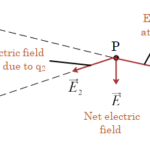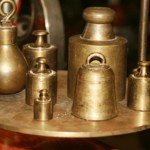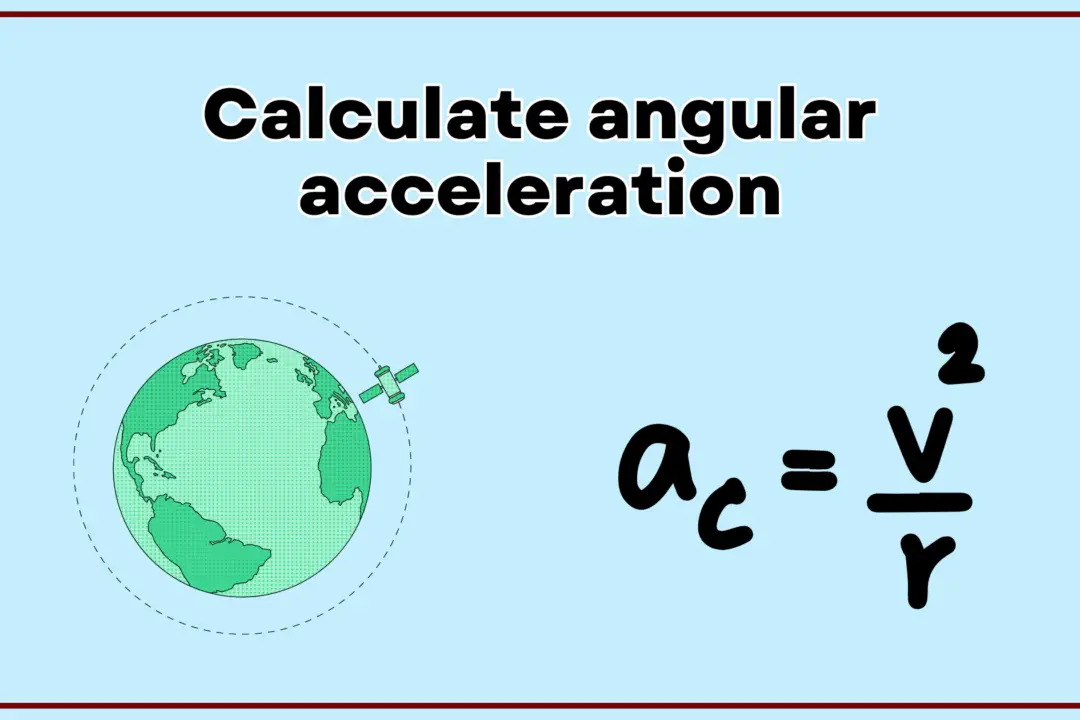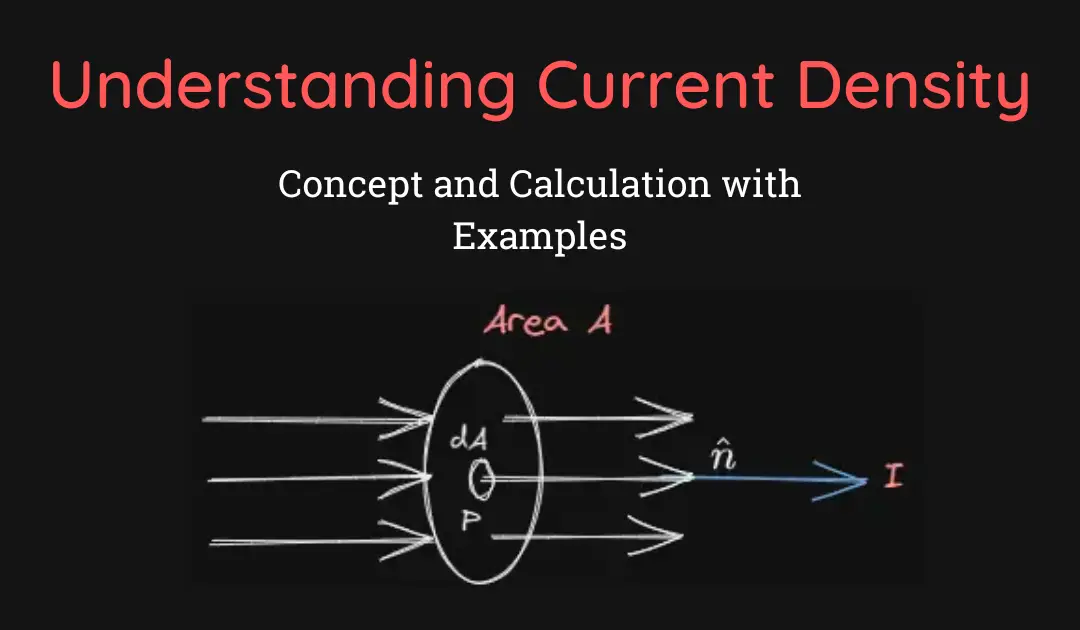Question: A screw gauge gives the following readings when used to measure the diameter of a wire. Main scale reading: 0 mm Circular scale reading: 52 divisions given that 1 mm on main scale corresponds to 100 divisions on the circular scale. The diameter of the wire from the above data is: [PMT/NEET-2021]
a. 0.052 cm
b. 0.52 cm
c. 0.026 cm
d. 0.26 cm
Answer: (a) 0.052 cm
Solution:
Given Data:
- Main scale reading (MSR) = $0\ \text{mm}$
- Circular scale reading (CSR) = $52$ divisions
- $1\ \text{mm}$ on main scale corresponds to $100$ circular divisions.
Step 1: Calculate the Least Count (LC)
The least count is the ratio of the pitch to the number of circular divisions.
$\text{Pitch} = 1\ \text{mm}$
$N = 100$
$\text{LC} = \frac{\text{Pitch}}{N} = \frac{1\ \text{mm}}{100} = 0.01\ \text{mm}$
Step 2: Calculate the Diameter of the Wire
The total reading (diameter) is the sum of the main scale reading and the product of the circular scale reading and the least count.
$d = \text{MSR} + (\text{CSR} \times \text{LC})$
$d = 0\ \text{mm} + (52 \times 0.01\ \text{mm})$
$d = 0.52\ \text{mm}$
Step 3: Convert the Diameter to Centimeters
To convert millimeters to centimeters, you divide the value by $10$.
$d = \frac{0.52\ \text{mm}}{10} = 0.052\ \text{cm}$
Final Answer:
The diameter of the wire is $0.052\ \text{cm}$, which corresponds to option (a).






